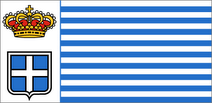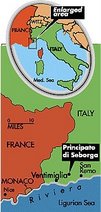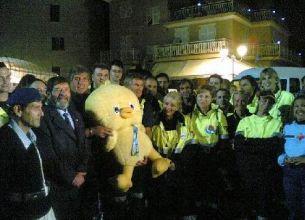 The entire Principality of Seborga and its people led by H.R.H. Prince Giorgio I, was behind the organisation of a humanitarian project called “Progetto Moldavia 2005” that draws the participation of many associations and groups from many places in Italy and from the Republic of San Marino.
The entire Principality of Seborga and its people led by H.R.H. Prince Giorgio I, was behind the organisation of a humanitarian project called “Progetto Moldavia 2005” that draws the participation of many associations and groups from many places in Italy and from the Republic of San Marino.For the preparation of this humanitarian mission the Principality hosted and organized many public events for raising funds and materials needed for the project that started on 26th August and ended the 10th of September.
The group working on this project was formed by volunteers of the Italian, Seborga and Vallebona Emergency Services, members of the “Seborga nel Mondo” association and Red Cross of Bordighera, doctors, registered nurses, veterinarians, first aids trainers, members of the Italian police and interpreters, all under the patronage of UNICEF International and the Liguria Region.
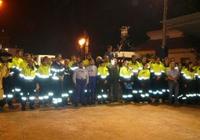
The primary aim of this mission was to provide training in the areas of health (first aid courses, hygiene, child welfare, rehabilitation and physiotherapy) with the purpose of raising the level of autonomy of the local population. The project also was intended to provide the distribution of clothing, curriculum material, agricultural tools and buying local food and pharmaceutical products to promote the local economy.
The team lead by Flavio Gorni comprised of five vans and more than 20 people and left Seborga just before midnight on the 26th August in the presence of many people who wanted to witness this important event. The team was saluted by H.R.H. Prince Giorgio I, the Mayor of Seborga Franco Fogliarini, and Monsignor Alberto Maria Careggio, bishop of the diocese of Ventimiglia and Sanremo.
The mission was accomplished successfully and there is now the feeling and the desire among the organizers and the volunteers that this mission will not be the last.
The Republic of Moldova is a small country, situated in the Southeast part of Europe, neighbouring Romania to the West and Ukraine to the East. This piece of land boasts a rich history, abundant in dramatic event
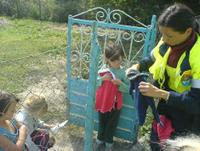 s and turmoil.
s and turmoil.From the XIV century it was a part of the Moldova Principality, situated between Oriental Carpathians and the Nistru River, in the north bounded by Hotin, and in the South – by the Low Danube and the Black Sea. Following the Peace concluded in Bucharest, in 1812, a part of this territory was assigned to Czarist Russia, which called it Basarabia - an older name, earlier attributed to the southern part. The aim was to identify this territory as a separate geographic entity from the Moldova Principality.
The Independence of the Democratic Republic of Moldova was proclaimed in January 1918. And later, on March 27, 1918 it was decided to re-unite it with Romania. The next annexure process took place in 1940, following the Molotov - Ribbentrop summit.

According to this, Basarabia became part of the USSR and was proclaimed as the Soviet Socialist Republic of Moldavia. It comprised only nine Basarabian counties and six districts from the left bank of the Nistru River. The present territory of Moldova is smaller compared to the area attributed to Russian authorities in 1812, since the North Hotin, Acherman and the southern Ismail were given up in 1940 by the Soviet authorities to Ukraine.
Due to the restructuring process that started in Central and Eastern Europe, in June 1990 Moldova proclaimed its sovereignty, and on August 27, 1991, its State Independence. On March 2, 1992, the Republic of Moldova became a member of the United Nations.

